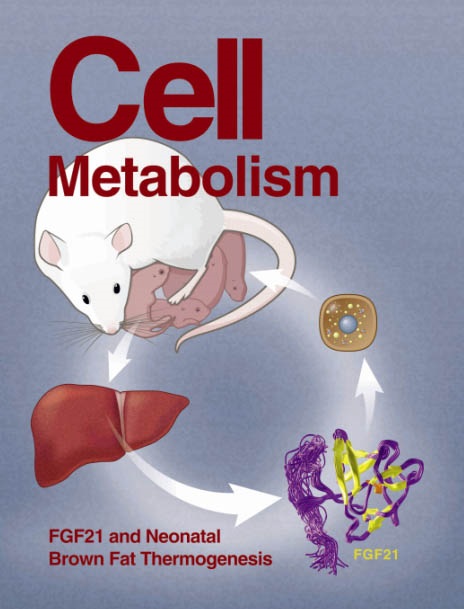麦角硫因通过直接激活MPST来控制线粒体功能和运动表现
IF 30.9
1区 生物学
Q1 CELL BIOLOGY
引用次数: 0
摘要
麦角硫因(EGT)是一种来源于饮食的非典型氨基酸,在人体组织中积累到高水平。EGT水平降低与年龄相关的疾病有关,包括神经退行性疾病和心血管疾病,而EGT补充在广泛的疾病和衰老模型中具有保护作用。尽管有这些有希望的数据,EGT的直接和生理相关的分子靶点仍然是难以捉摸的。在这里,我们使用一种系统的方法来确定线粒体如何重塑其代谢组以响应运动训练。从这些数据中,我们发现EGT在运动训练后在肌肉线粒体中积累。蛋白质组热稳定性研究确定3-巯基丙酮酸硫转移酶(MPST)是EGT的直接分子靶点;EGT结合并激活MPST,从而促进小鼠线粒体呼吸和运动训练表现。总之,这些数据确定了第一个生理学上相关的EGT靶点,并建立了EGT- mpst轴作为调节线粒体功能和运动表现的分子机制。本文章由计算机程序翻译,如有差异,请以英文原文为准。

Ergothioneine controls mitochondrial function and exercise performance via direct activation of MPST
Ergothioneine (EGT) is a diet-derived, atypical amino acid that accumulates to high levels in human tissues. Reduced EGT levels have been linked to age-related disorders, including neurodegenerative and cardiovascular diseases, while EGT supplementation is protective in a broad range of disease and aging models. Despite these promising data, the direct and physiologically relevant molecular target of EGT has remained elusive. Here, we use a systematic approach to identify how mitochondria remodel their metabolome in response to exercise training. From these data, we find that EGT accumulates in muscle mitochondria upon exercise training. Proteome-wide thermal stability studies identify 3-mercaptopyruvate sulfurtransferase (MPST) as a direct molecular target of EGT; EGT binds to and activates MPST, thereby boosting mitochondrial respiration and exercise training performance in mice. Together, these data identify the first physiologically relevant EGT target and establish the EGT-MPST axis as a molecular mechanism for regulating mitochondrial function and exercise performance.
求助全文
通过发布文献求助,成功后即可免费获取论文全文。
去求助
来源期刊

Cell metabolism
生物-内分泌学与代谢
CiteScore
48.60
自引率
1.40%
发文量
173
审稿时长
2.5 months
期刊介绍:
Cell Metabolism is a top research journal established in 2005 that focuses on publishing original and impactful papers in the field of metabolic research.It covers a wide range of topics including diabetes, obesity, cardiovascular biology, aging and stress responses, circadian biology, and many others.
Cell Metabolism aims to contribute to the advancement of metabolic research by providing a platform for the publication and dissemination of high-quality research and thought-provoking articles.
 求助内容:
求助内容: 应助结果提醒方式:
应助结果提醒方式:


